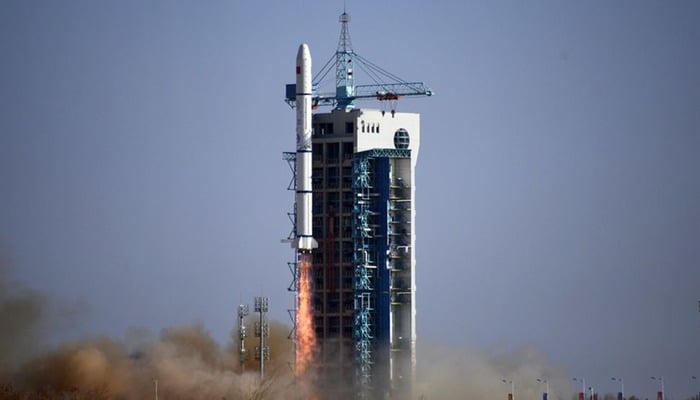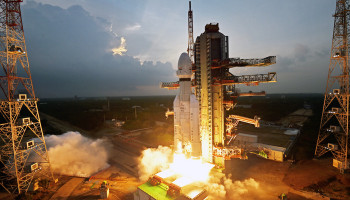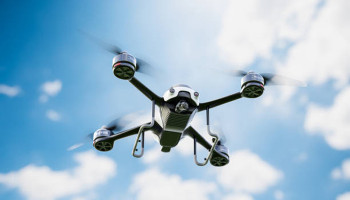
China made history on Friday, September 20, as it has had two successful rocket launches within less than six hours. The two consecutive missions delivered 10 satellites into orbit, greatly enhancing the country's Earth observation and Internet of Things (IoT) capabilities.
Jilin-1 Kuanfu satellites
At 12:11 am.EDT (0411 GMT) today, a Long March 2D rocket launched six Jilin-1 Kuanfu remote-sensing satellites from the Taiyuan Satellite Launch Centre.
The satellites would belong to the commercial constellation operated by Changguang Satellite Technology and would provide high-resolution imagery.
Tianqi satellites
Interestingly, just six hours later, a Kuaizhou 1A solid rocket launched from Xichang Satellite Launch Centre; deploying a total of four Tianqi satellites in orbit.
Read more: Amazon's Project Kuiper: Everything you need to know
The new satellites would cater to agriculture, logistics, and transportation industries with low-bandwidth communication for IoT devices to remote areas.
The Jilin-1 Kuanfu satellites would orbit in near polar orbits whereby the locations would be imaged repeatedly at the same time daily.
The Tianqi would follow 529 by 523-mile-altitude orbits; this would be beneficial as it would cover real-time data collection and monitoring.
Changguang Satellite Technology plans a constellation of 300 satellites while the Guodian Gaoke would have 38 satellites in a constellation.
These constellations would be useful services in Earth observation, communication, and data collection among others. These launches are the 42nd and 43rd China's launch of the year, in testimony of this country's fast-growing space activity. China's space program would expand its capability further as there are several more launches planned in the coming months.
















